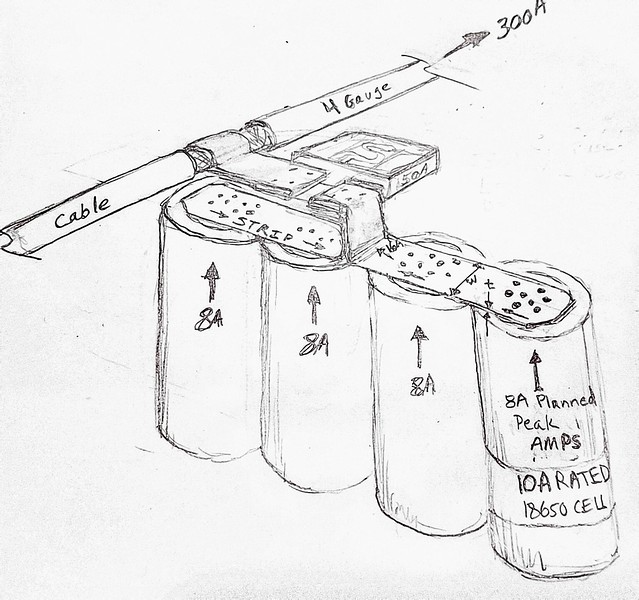DVDRW said:What about 10x38 1000V DC rated solar fuses? Largest ive seen are 25A but ~1$/piece.
Never seen anyone added servo control for circuit breaker? Why? because high current latching contactor/relay is damn expensive.
Im gonna do it.
I've thought about that too, as those solar breakers are really nice but I'd like to use it like a relay. Cheap car door lock solenoid might do it. Even a mechanical setup using some old brake cable and a spring might work for me.


